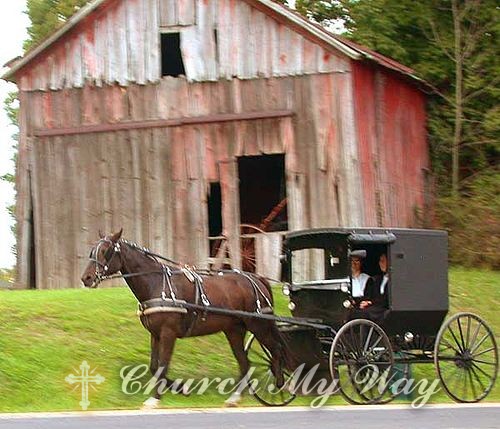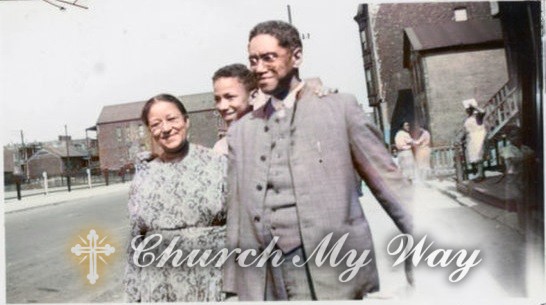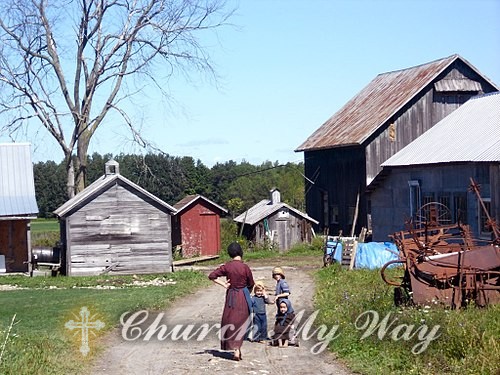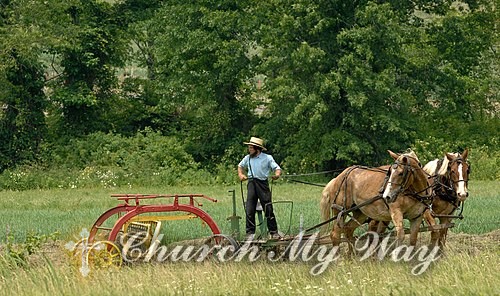The Black Amish: A Unique and Diverse Community
The Amish community, known for its simple lifestyle and distinct cultural practices, is often perceived as a homogeneous group. However, the existence of Black Amish individuals and communities challenges this perception and highlights the diversity within the Amish faith. This article explores the history, cultural integration, and unique experiences of Black Amish people in America.
Historical Background
The Amish originated from Switzerland and southern Germany during the late 17th century, primarily consisting of Swiss-German descent, which led to a predominantly white community. However, the first known African American Amish person, Moses Shirley, was born into slavery in Virginia in 1791. Despite the racial homogeneity, the Amish community is open to anyone who wishes to adopt their way of life and religious beliefs, regardless of their racial or ethnic background.
Formation of Black Amish Communities
Black Amish communities have existed since the Amish first came to North America. These communities are found in traditional Amish strongholds like Pennsylvania and Ohio, as well as in more unexpected places like the Deep South or the Pacific Northwest. Interracial marriage has been a critical factor in the development of these communities. Despite their distinct cultural elements, Black Amish communities remain firmly rooted in Amish values and customs.
Cultural Integration and Practices
African American Amish individuals not only sing traditional hymns but also have their own gospel music style. They attend school through the eighth grade and participate in other forms of education within the community. While they incorporate aspects of African-American traditions into their way of life, their culture remains deeply intertwined with broader Amish practices.
Challenges and Stereotypes
Despite the welcoming nature of the Amish community, Black Amish individuals may still face racial stereotypes, even within this community of believers. The myth that all Amish are white is just that – a myth. The stories and experiences of African American Amish people are unique and enlightening, shedding light on the broader diversity within the Amish faith.
Modern-Day Black Amish
Today, several hundred Black individuals live in Amish communities across the country, mainly in Ohio, Indiana, and Pennsylvania. These communities continue to thrive and contribute to the rich tapestry of Amish life in America. The Amish community values equality and compassion, promoting teachings rooted in Christian scriptures that transcend race.
Conclusion
The existence of Black Amish communities highlights the diversity within the Amish faith and challenges common stereotypes. These communities, while incorporating unique cultural elements, remain deeply rooted in Amish values and customs. The stories of Black Amish individuals are a testament to the inclusivity and adaptability of the Amish way of life, enriching the broader narrative of this distinctive American ethnic community.
By understanding and acknowledging the diversity within the Amish community, we can appreciate the rich cultural tapestry that defines the Amish way of life. The Black Amish are an integral part of this tapestry, contributing to the ongoing story of faith, resilience, and cultural integration.
Sources:
thecharlottegazette.com
amishbaskets.com







